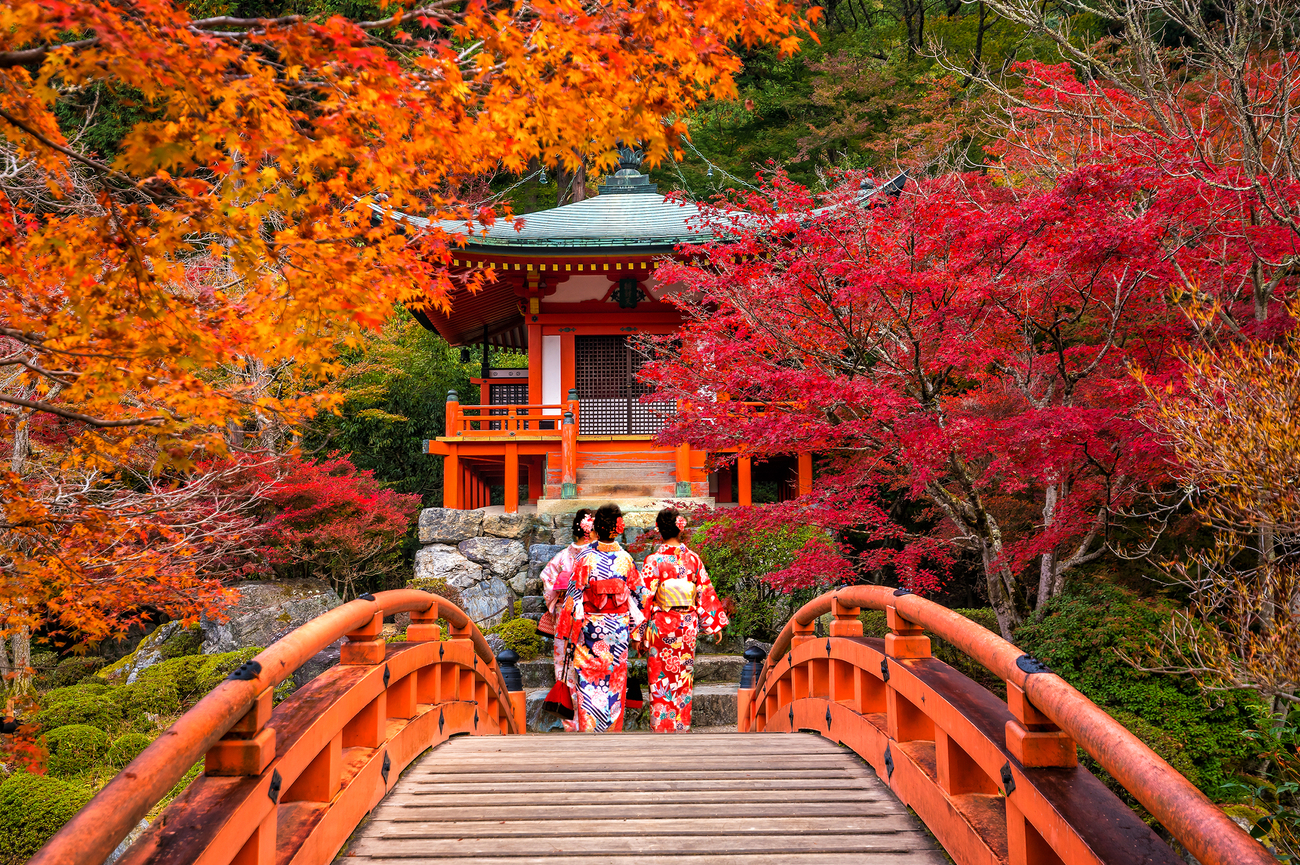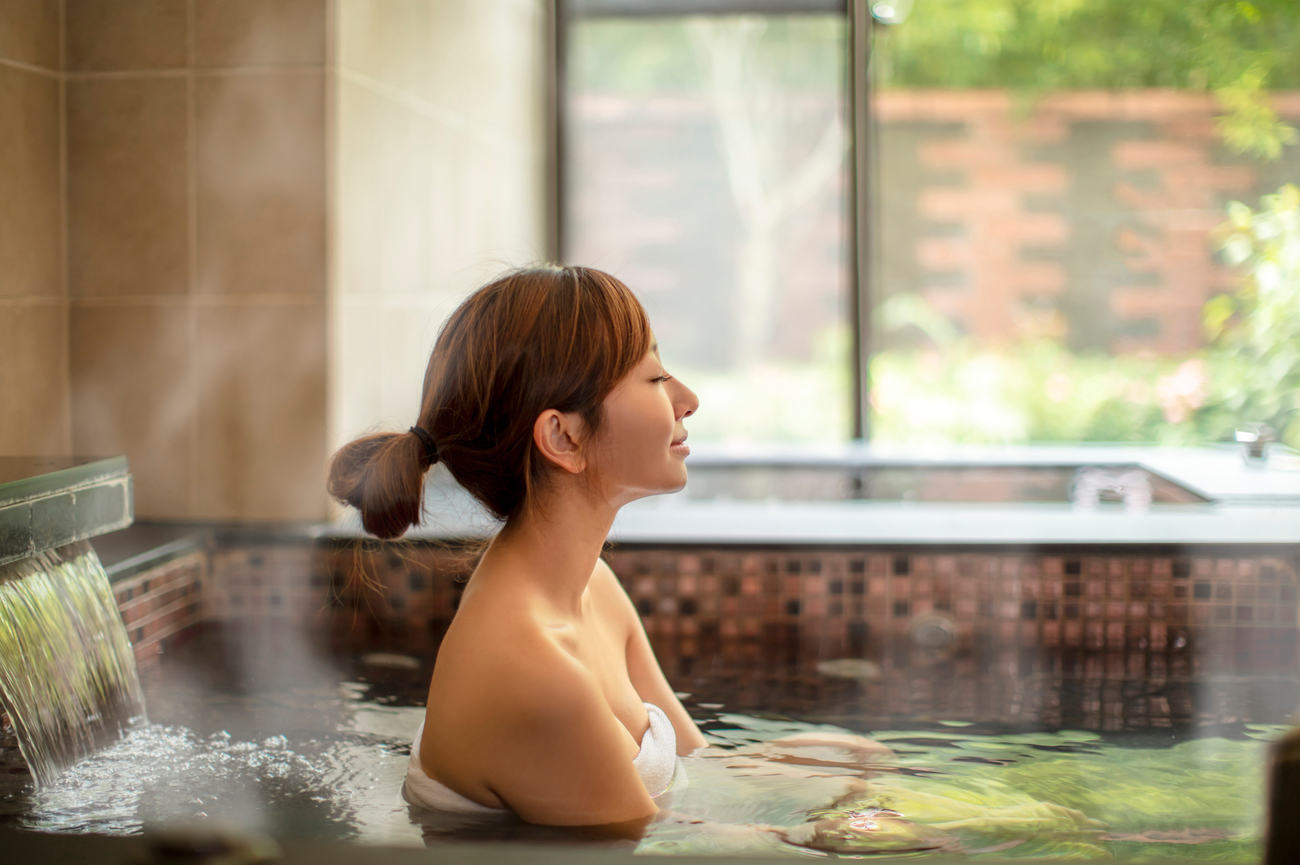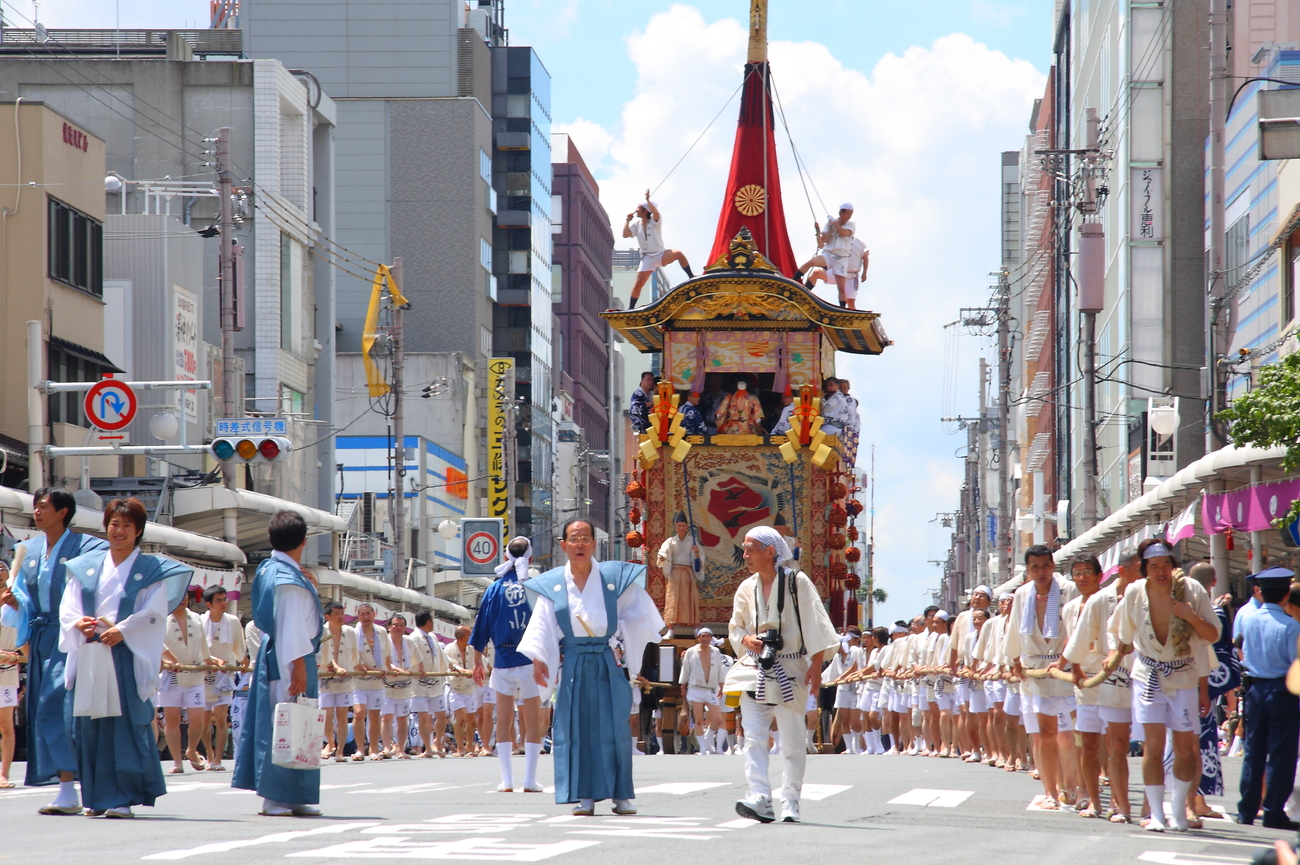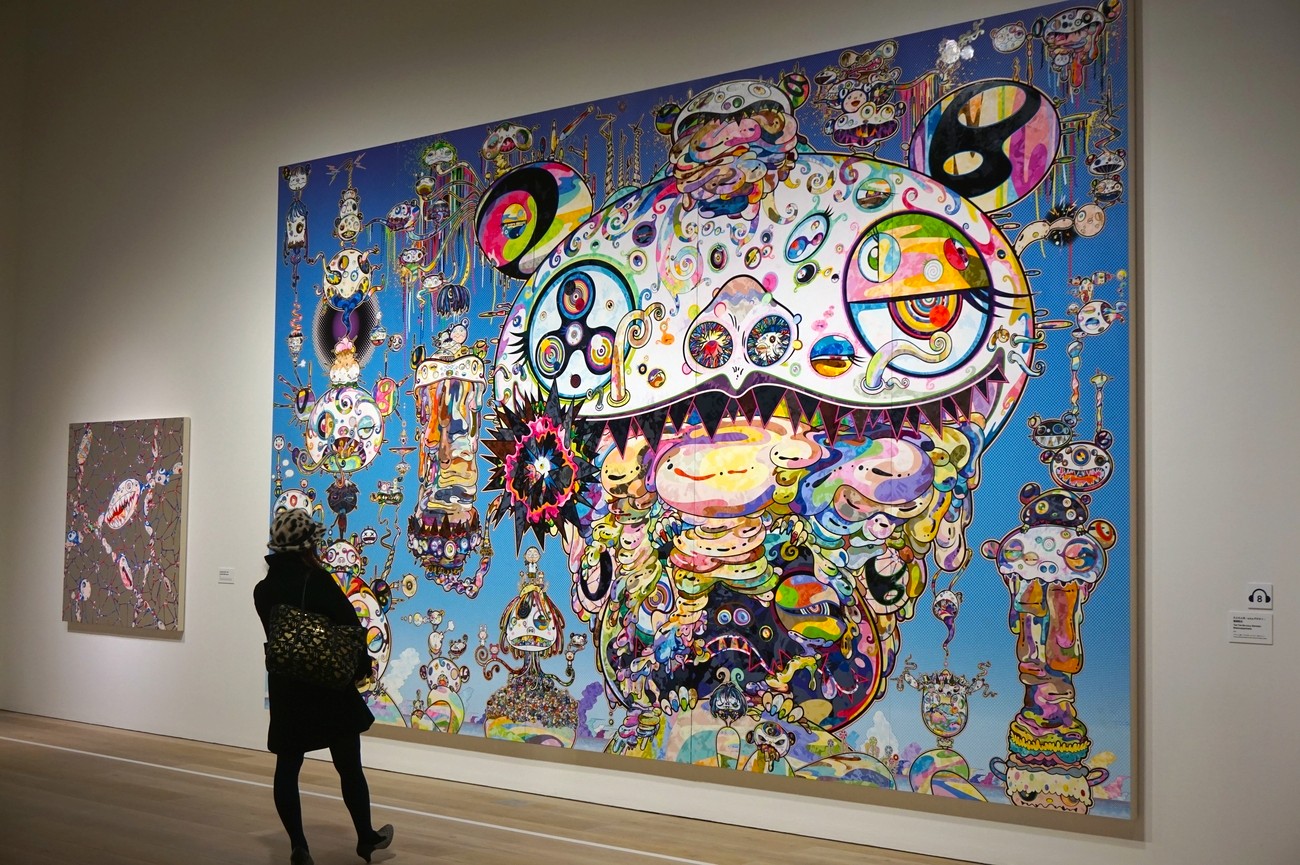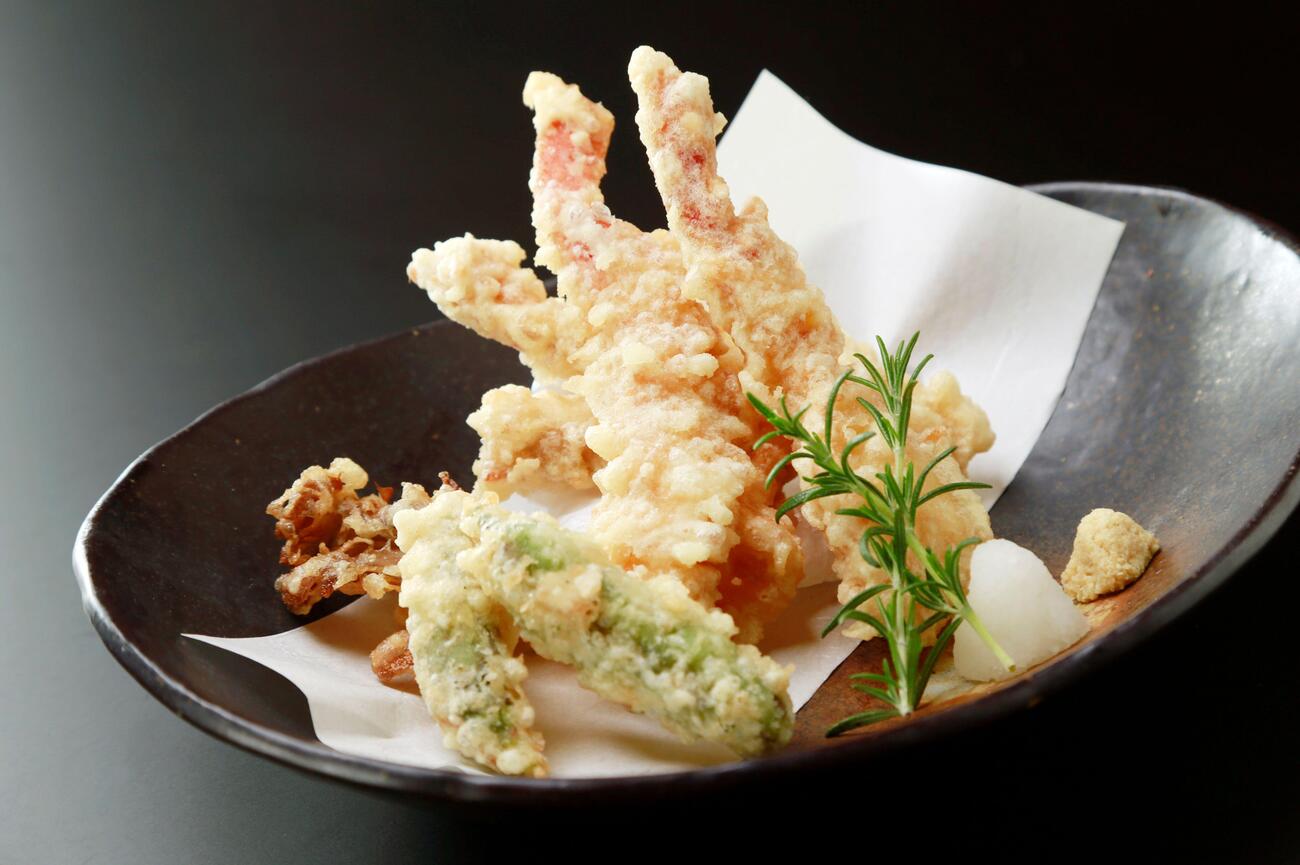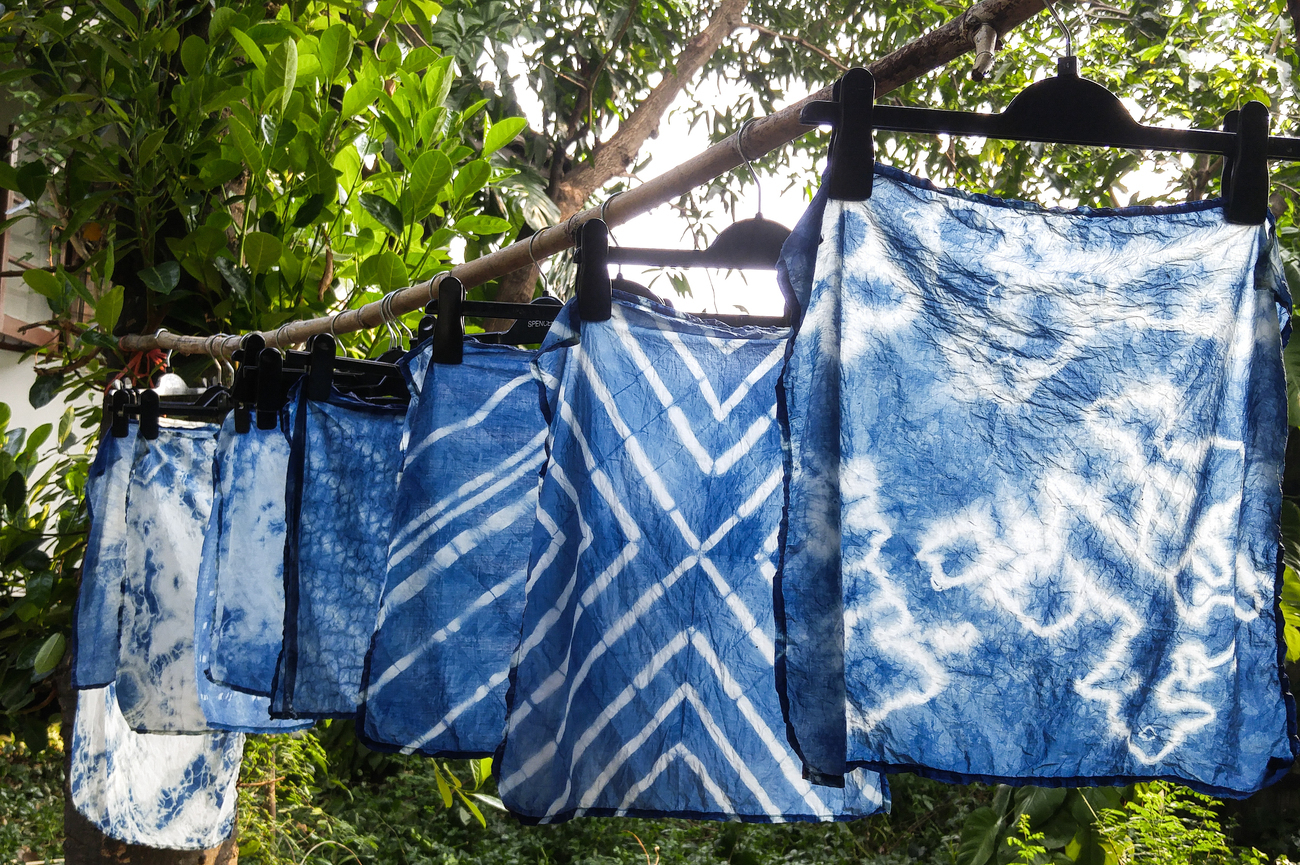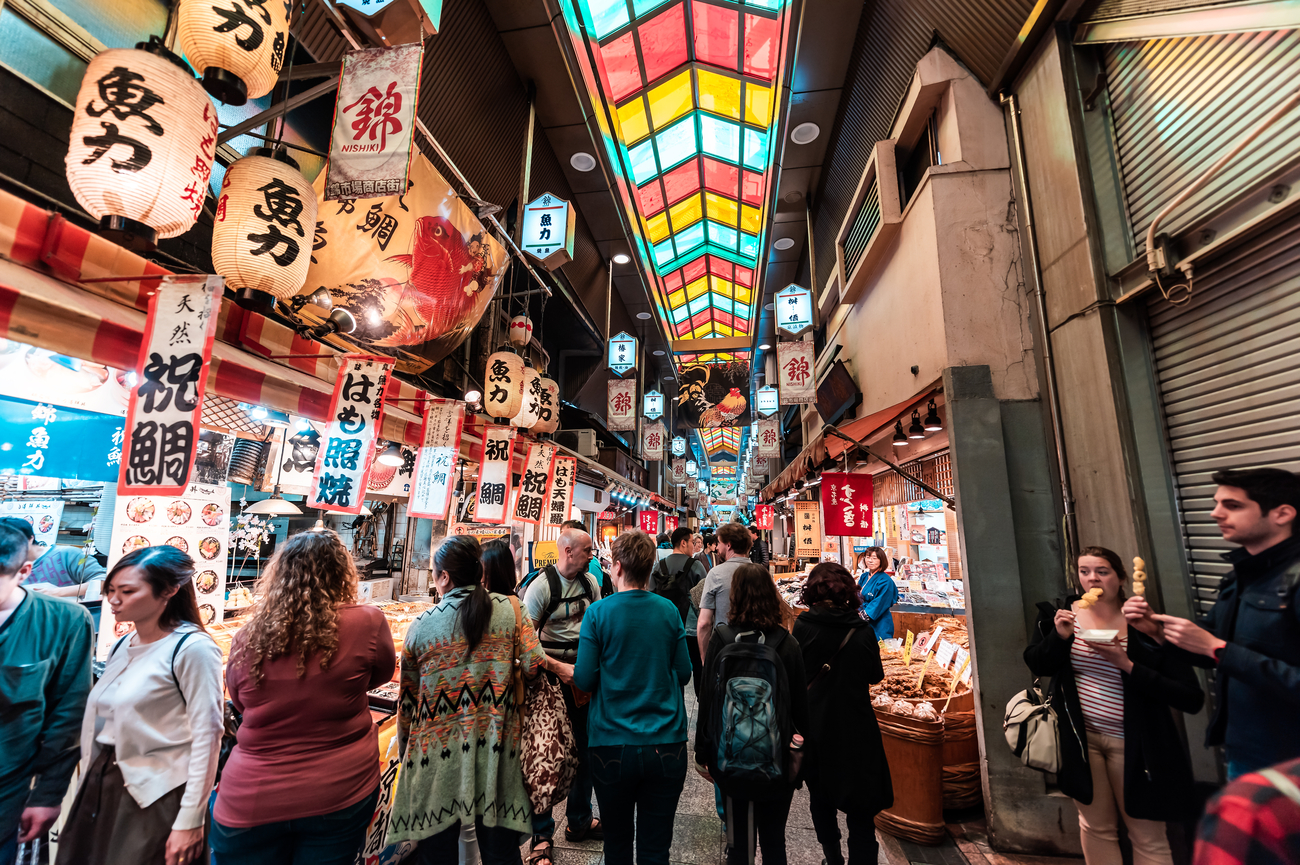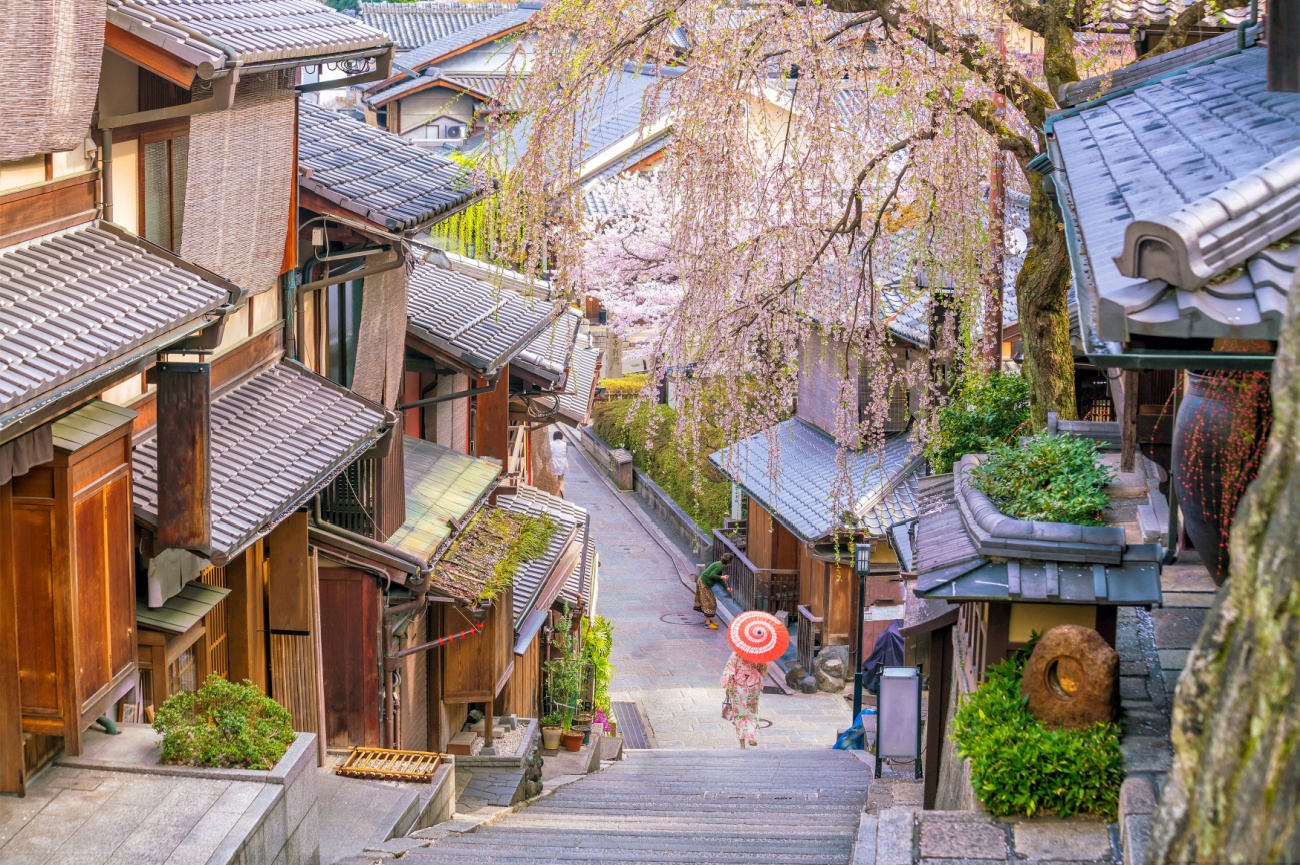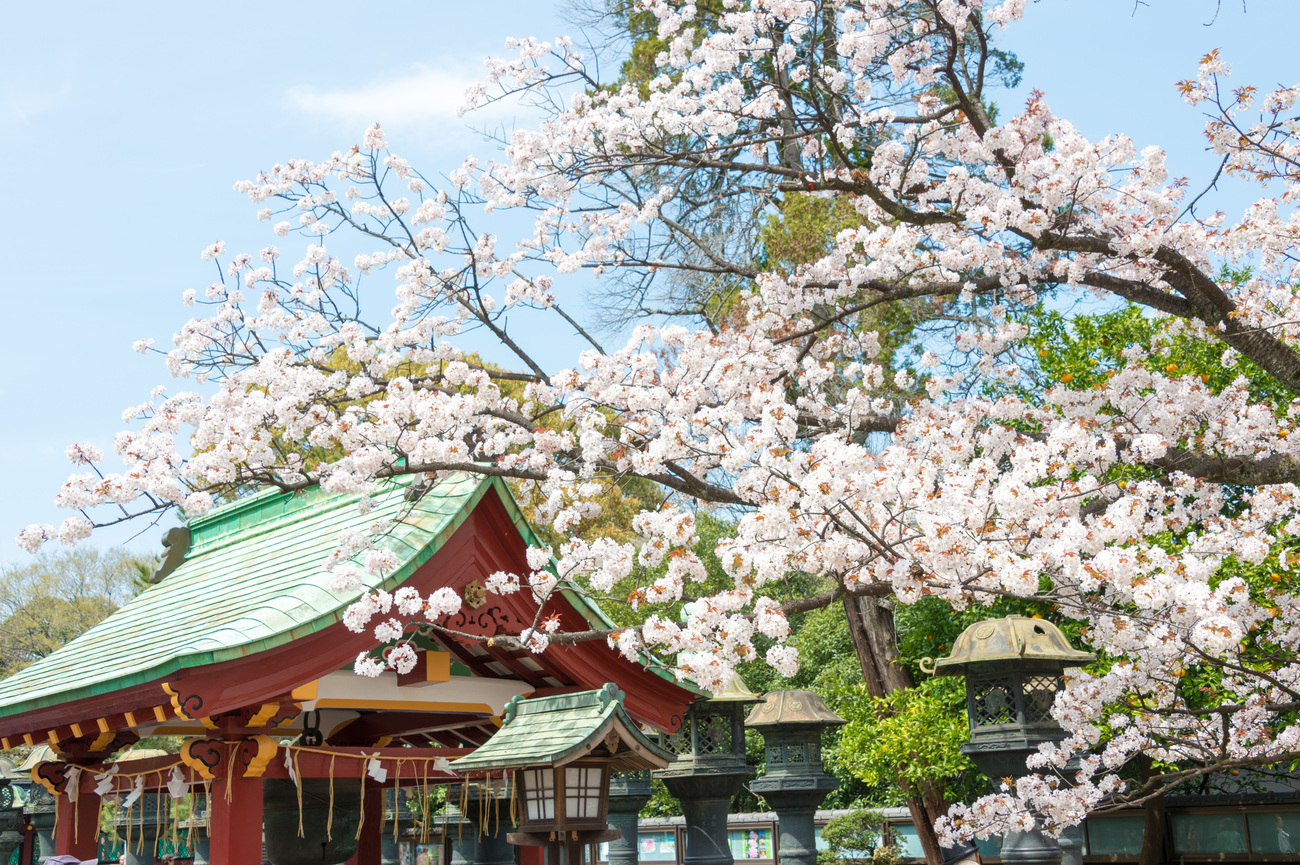The Ultimate Japan Travel Guide

Experience Japan in a Holistic Light
Japan is a country best understood through the small moments. The first sip of matcha in a quiet tearoom, the warmth of a cedar-scented bath, the stillness that follows after the last train leaves the platform. What draws people here beyond the scenery or the food, is the way everything seems designed with care. There’s an attention to detail that turns even ordinary routines into something more meaningful and with a pu
This guide is meant for travelers who want to see that side of Japan. Not just the headline attractions, but the layers beneath them. You’ll find places where tradition and modern life overlap, where craftsmanship is still personal, and where each season changes the rhythm of daily life.
If you travel for connection rather than collection, Japan will feel like somewhere you’ve been waiting to find. And if you’d rather skip all the planning, we already have a Japan vacation package waiting for you.
Planning a Trip to Japan That Goes Beyond the Usual Sights
The most meaningful journeys through Japan usually unfold slowly, revealing one story at a time. Travelers today are turning away from checklist sightseeing and embracing depth. They’re staying longer in fewer places to allow the pace of local life to guide them.
A thoughtful itinerary might include:
- A few days in Tokyo to feel the pulse of modern Japan.
- Time in Kanazawa, to know more about samurai history and artisan culture intertwine.
- A detour into the mountains of Takayama or Shirakawa-go for quiet village life.
- Days in Kyoto, where centuries of craftsmanship and ceremony still shape the everyday.
When you plan, give your schedule breathing space. Japan rewards stillness. Add a slow morning in a garden, an afternoon pottery workshop, or a long walk through backstreets after sunset. The most memorable moments rarely follow a timetable.
Understanding Japan’s Cultural Foundations
Every culture has its own beat, and Japan’s is remarkably subtle, it’s one between respect, restraint, stillness, and beauty found in the smallest acts.
Traditions and Everyday Etiquette
Etiquette in Japan is all about sensitivity. These are the few essentials to remember:
- Greeting with a bow: A simple, graceful gesture that shows both respect and humility.
- Shoes off indoors: Always remove shoes before entering homes, temples, private spaces, and many ryokan.
- Quiet spaces: Speak softly in public transport and shared areas; silence is part of courtesy.
- Onsen rituals: Bathe before entering, no swimsuits, and keep the water calm.
Gift-giving is another quiet art form. Even a modest souvenir, wrapped thoughtfully, speaks volumes. Presentation carries meaning because the beauty lies in care, not extravagance.
Festivals and Ceremonies
Japan’s year unfolds through festivals that reflect its seasons, faith, and artistry. They’re celebrations, yes, but they’re also the pulse of local life, each rooted in centuries of ritual.
- Gion Matsuri (Kyoto): Every July, towering floats roll through Kyoto’s streets, draped in brocade and paper lanterns. Locals wear cotton yukata, and the air fills with the sound of flutes and taiko drums.
- Awa Odori (Tokushima): In August, the city moves as one. Dancers fill the streets, chanting and stepping in rhythm to shamisen music, a joyful, communal expression of summer.
- Sapporo Snow Festival (Hokkaido): Winter brings a different kind of spectacle. Entire city blocks turn into open-air galleries of snow and ice, some sculptures rising several stories high.
- Takayama Spring Festival (Gifu): Wooden floats, centuries old, glide through narrow streets framed by the Japanese Alps. Artisans spend months preparing each one.
- Kanda Matsuri (Tokyo): Every other May, portable shrines parade through central Tokyo. Office workers, families, and shopkeepers all join the procession, giving it the feel of a neighborhood in motion.
And for something quieter, the Japanese tea ceremony invites stillness rather than spectacle, a few shared gestures that turn hospitality into art.
Art, Design, and the Japanese Sense of Beauty
Japan’s sense of beauty lies in restraint. It values what’s incomplete, what ages, what carries the mark of the hand. The idea of wabi-sabi, finding grace in imperfection, shapes how the country builds, crafts, and even lives.
- You can see it in Kyoto’s moss gardens, where time softens every stone.
- You can feel it on Naoshima’s art islands, where Tadao Ando’s concrete walls meet the Seto Inland Sea.
- You can trace it through Tokyo’s museums, from the minimalism of the Nezu Museum to the modern edge of the Mori Art Museum.
And you can hold it in a hand-thrown teacup, its glaze cracked by years of use, made by someone whose name you’ll never know.
Beauty in Japan was built to endure. Every space feels composed, yet never staged; a synchronization between art, craft, nature, and time.
Experiencing Japan Through Taste and Craft
To truly know Japan, begin with your senses. Its flavors and crafts tell the story of land and lineage and of seasons observed and traditions refined.
The Rhythm of Seasonal Cuisine
Japanese cuisine follows nature’s tempo. The philosophy of shun means eating ingredients at their seasonal peak. This philosophy defines everything from street food to haute cuisine.
In spring, cherry blossoms inspire delicate dishes that celebrate renewal, this includes:
- Sakura mochi wrapped in pickled leaves.
- Bamboo shoots simmered in light broth.
- Freshly made soba with mountain vegetables.
Summer invites freshness and lightness:
- Cold somen noodles dipped in citrus soy.
- Grilled unagi (eel) glazed with sweet soy, symbolizing vitality.
- Shaved ice desserts with matcha or yuzu syrup.
Autumn is Japan’s culinary crescendo that's marked by warmth and depth. This shows up in the food through:
- Matsutake mushrooms roasted or steamed with rice.
- Sweet potatoes and chestnuts, humble yet comforting.
- The first release of new sake, crisp and aromatic.
Winter calls for nourishment and community:
- Nabe hot pots shared at the table.
- Oden simmering in rich broth at corner stalls.
- Snow crab from Hokkaido, sweet and perfectly chilled.
Food in Japan is never simply sustenance; its storytelling with each season, a new chapter in taste. We crafted an extensive Guide to Regional Washoku Dishes You Can Only Find at Specific Times of Year you can find right here if you want to know more.
The Legacy of Japanese Craft Traditions
Japan’s craft heritage is quietly extraordinary. Every region preserves techniques passed through generations, often unchanged for centuries.
- Pottery and Ceramics: Each region has its own touch, from Mashiko’s earthy textures to Arita’s porcelain purity.
- Lacquerware: Wajima’s lustrous finishes on bowls and boxes are the result of decades of skill and patience.
- Textiles and Indigo Dyeing: In Kyoto and Tokushima, artisans hand-dye fabrics in deep blues that seem to hold light.
- Woodwork and Joinery: In the forests of Gifu or Nagano, carpenters craft furniture and homes without nails, guided by geometry and trust.
For an immersive experience, visit Yunokuni no Mori in Ishikawa, an open-air craft village where you can watch artisans at work, or try your hand at pottery, washi papermaking, or gold leaf.
We also took the time to curate an expanded Guide to Traditional Japanese Craft Villages, if this is something you want to learn more.
Meeting the Makers
The people who keep Japan’s crafts alive rarely seek attention. They’re too focused on the work in front of them: clay that needs shaping, fabric that needs color, wood that still smells like forest air. Travelers who make time to visit these studios often walk away with something more valuable than a souvenir: perspective.
In Shigaraki, a ceramicist might invite you to feel the rough texture of unglazed clay before it’s fired. In Kyoto, a dyer pauses to show how silk takes on indigo in slow gradients. Here, language barriers disappear, because what remains is shared respect for the hands that create and the patience that sustains tradition.
When to Go for the Best Cultural and Culinary Moments
The country’s rhythm follows the seasons, each one changing how people eat, travel, and celebrate.
- Spring (March–May): Cherry blossoms color the cities, especially Kyoto and Nara. Gardens reopen, tea ceremonies move outdoors, and the air feels new.
- Summer (June–August): Festivals take over towns. Locals dance in cotton yukata, fireworks light the sky, and mountains or the north coast become welcome escapes from the heat.
- Autumn (September–November): The most cinematic time of year. Leaves turn deep red, sake breweries begin production, and markets fill with chestnuts, mushrooms, and persimmons.
- Winter (December–February): Northern Japan turns white. Travelers soak in outdoor hot springs, eat snow crab, and ski powder-soft slopes in Niseko and Hakuba.
Choosing when to go is really about what kind of Japan you want to see — soft and floral, bright and festive, golden and quiet, or snow-dusted and still.
Suggested Itineraries for Culture, Food, and Craft Lovers
There’s no single route that defines Japan. But certain places balance well together.
- Tokyo: A good place to begin. Wander through Omotesando’s clean architecture, the backstreets of Yanaka, and tiny bars hidden near Ueno Station.
- Kanazawa: Smaller and more graceful. Visit its samurai quarter, stop at a gold leaf workshop, and take a slow walk through Kenrokuen Garden.
- Takayama: Wooden merchant houses line the streets, and the morning markets smell of rice crackers and miso.
- Kyoto: Temples, gardens, and quiet alleys where craft traditions still feel personal.
- Optional detours: Naoshima for contemporary art surrounded by sea, or Bizen for ancient pottery still fired in climbing kilns.
And the good news? We already prepared a Japan Grand Tour that will speak to your soul with curated experiences crafted to let you immerse yourself in its splendor in 12 perfect days.
Practical Tips and Insights
Japan’s reputation for efficiency is well-earned, but small adjustments make travel smoother.
- Transportation: The JR Pass is cost-effective for long distances. Buses and local lines handle smaller towns. Domestic flights are often cheaper than expected.
- Accommodation: Combine styles — ryokan for baths and tradition, minshuku for family warmth, and boutique hotels for comfort.
- Money: Keep cash for rural areas. ATMs at convenience stores work with foreign cards.
- Language: A few polite phrases show effort. Locals appreciate it.
- Tipping: Skip it. Gratitude is expressed verbally, not with money.
Japan’s safety and order make it ideal for exploring independently, as long as you travel attentively and respect customs.
What to Pack and Prepare
Pack for variation. The climate can shift fast, especially in spring and autumn. Layers work best. Shoes should handle long walks on cobblestones or temple paths.
If your trip includes countryside visits or workshops:
- Bring cash; some artisans don’t use card readers.
- A small daypack helps for studio visits or markets.
- Note down inspiration: sketches, recipes, or techniques you want to remember.
Travel insurance is worth having, particularly if you’ll ski, hike, or visit onsen towns in remote regions.
Why a Guided Cultural and Culinary Tour Elevates the Journey
Japan rewards curiosity, but local guidance turns curiosity into access. A good guide knows where the public ends and the private begins. How to introduce travelers to a family-run sake brewery or a ceramicist whose work never leaves the prefecture.
Group sizes are usually small, and schedules build in pauses. It’s not about seeing more; it’s about meeting the right people in the right context. Those encounters give texture to the country’s hospitality, something that’s hard to experience alone.
Japan Awaits You with Flavor and Craft
Most travelers leave Japan with more than photos. There’s a feeling that follows — calm, alert, quietly inspired. It comes from noticing things: the rhythm of footsteps on a tatami floor, the weight of a handmade cup, the way time seems to stretch during an onsen bath.
This is why Japan lingers in memory. It’s not loud about what it offers. It simply waits for you to notice.
Start Planning an Immersive Journey
If your interests lean toward Japan’s textures: craft, cuisine, and tradition, start with a route built around those ideas.
The Grand Tour of Japan: Culture, Cuisine & Timeless Craft was designed for travelers who prefer depth to speed. Each stop connects you with makers and chefs who preserve the country’s artistry in daily life.
Every path through Japan tells a different story. Choose the one that lingers.
Frequently Asked Questions
-
When is the best time to visit Japan?
Spring for blossoms, summer for festivals, autumn for foliage and seasonal food, and winter for snow, onsen, and Hokkaido experiences.
-
Is the JR Pass worth it?
Yes, for multi-city travel between long distances. For short regional journeys, point-to-point tickets may be better value.
-
What should I know about onsen etiquette?
Before entering, wash and rinse thoroughly, stay quiet, and do not bring towels into the water. Swimsuits are not worn in traditional onsen, as bathing is done nude. However, some private or mixed-gender onsen allow swimwear or towel wraps—always check the local rules first.
-
Do I need to tip in Japan?
No. Tipping isn’t customary; a polite thank-you is appreciated. Service fees are usually included in hotel or restaurant bills.
-
How many days should I plan?
10–14 days to enjoy Tokyo, Kanazawa, Takayama, and Kyoto at a relaxed pace, with time for cultural experiences and day trips.
-
What should I pack?
Layered clothing, comfortable shoes, some cash for rural areas, and a small daypack for excursions and markets.


Let us know what you love, where you want to go, and we’ll design a one-of-a-kind adventure you’ll never forget.
Get in touch
Miriam
Europe & Africa Expert

Romina
Europe & Africa Expert

Catiane
Europe & Africa Expert
Our offices:
